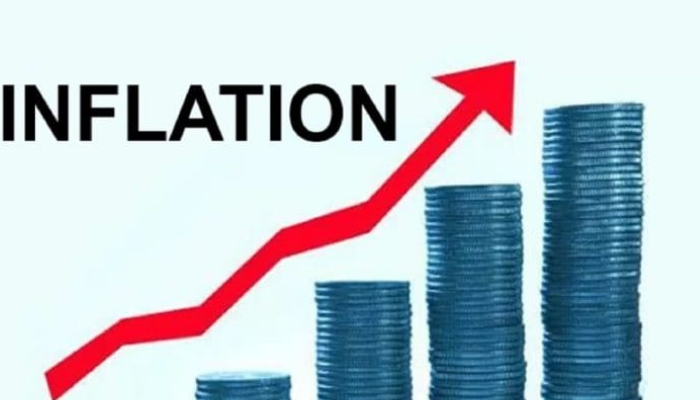…Slows for 7th consecutive month to 16.1% as food inflation drops
Nigeria’s inflation rate fell for the seventh consecutive month to 16.1 percent, coming in well below economists’ projections and strengthening expectations of a significant cut in the benchmark interest rate.
Annual inflation decelerated to 16.1 percent in October from 18.02 percent in the previous month, as reported by the National Bureau of Statistics (NBS) on Monday. The scale of the decline exceeded forecasts from a BusinessDay survey of eight economists, who had expected the rate to drop to between 17 and 17.8 percent.
Analysts at CardinalStone have projected further moderation in inflation, as the drivers that shaped September’s trend continue to hold.
The deceleration was driven by declines in both food and core inflation. Particularly, food inflation dropped to 13.1 percent year-on-year in October from 16.87 percent in September 2025, attributed to softer prices of staples such as maize, garri, beans, eggs, and tomatoes. Similarly, core inflation slumped to 18.7 percent in October 2025 from 19.53 percent in September 2025.
On a state level, food inflation was highest in Ogun State at 20.58 percent, Nasarawa at 19.96 percent and Ekiti at 19.70 percent. Akwa Ibom, Katsina and Yobe recorded the lowest food inflation in the period with 3.98 percent, 4.15 percent and 4.29 percent, respectively.
Read also: Nigeria’s inflation falls below economists’ forecasts to 16.1 percent
The sustained deceleration points to improving coordination in monetary, fiscal, and exchange-rate management, bolstered by base effects. The naira also hit its strongest level since the introduction of the Electronic Foreign Exchange Matching System (EFEMS) in October, helping to ease imported inflation, especially for sectors reliant on imported inputs, materials, and energy.
Analysts at Meristem said the ongoing harvest season and government food-security interventions contributed significantly to the decline in year-on-year food inflation. However, they warned that festive demand and recent PMS price adjustments due to union strikes could slow the pace of disinflation in the near term.
“Core inflation should remain broadly stable amid sustained FX stability, though risks from global energy and trade disruptions persist. Overall, headline inflation is projected to maintain its downward trajectory in the short term, underpinned by ongoing disinflationary forces,” they said.
Muda Yusuf, CEO of Centre for the Promotion of Private Enterprise (CPPE), said that the rise in monthly inflation, while annual inflation decreased sharply, indicates residual frictions in supply chains and price stickiness despite improving macro fundamentals.
“Inflationary pressures remain elevated in critical household sectors—including food, transportation, housing, utilities, education, and health, which jointly account for 84 percent of inflation. Persistent structural weaknesses such as high logistics costs, energy challenges, security concerns in food-producing areas, and climate-related disruptions continue to constrain supply and limit the welfare gains of disinflation,” Yusuf said.
Read also: Food inflation drops to 13.12% in October on maize, garri prices
He said that the softer inflation outlook reinforces the case for additional monetary easing by the CBN at its November policy meeting. “We expect a 100bps reduction in MPR to 26.0 percent.”
The Monetary Policy Committee (MPC) is set to meet on the 24th and 25th of this month to determine the country’s benchmark interest rate.
CFG Advisory said that the level of rate cuts at the next MPC will be the true test and affirmation of the 16.05 percent inflation numbers.
“The CPI rebasing means the new figures are more representative of current spending habits, but they do not mean the cost of living has suddenly decreased. The statistical drop is due to an adjustment in the CPI basket, with the weighting for food declining and the weight for other services like transportation and healthcare increasing,” CFG said.

